If you are also searching for the best laptops for medical school, this is the article for you only.
Is viewing and creating PDFs on compact mobile screens becoming more challenging? Is it becoming increasingly difficult to store data from lectures?

Mobile phones cannot provide you with the capability a laptop can; therefore, purchasing one is sensible. Medical school laptops should always be portable, have a bright display, and, most importantly, provide long-lasting batteries.
However, discovering such a device can take a long time; that’s where my list of the 10 best laptops for medical school comes in. Does this seem like what you are searching for? So, let’s get started.
I have concluded the 10 best laptops for medical school. Let’s go ahead:
- Dell Latitude 3520
- Lenovo ThinkPad E15
- Lenovo Flex 5
- LG Gram
- MSI Modern 14
- ASUS VivoBook 15
- Apple MacBook Air M1
- ASUS ZenBook 14
- Surface Pro 4
- Acer Aspire 5
| Image | Product | Detail | Price |
|---|---|---|---|
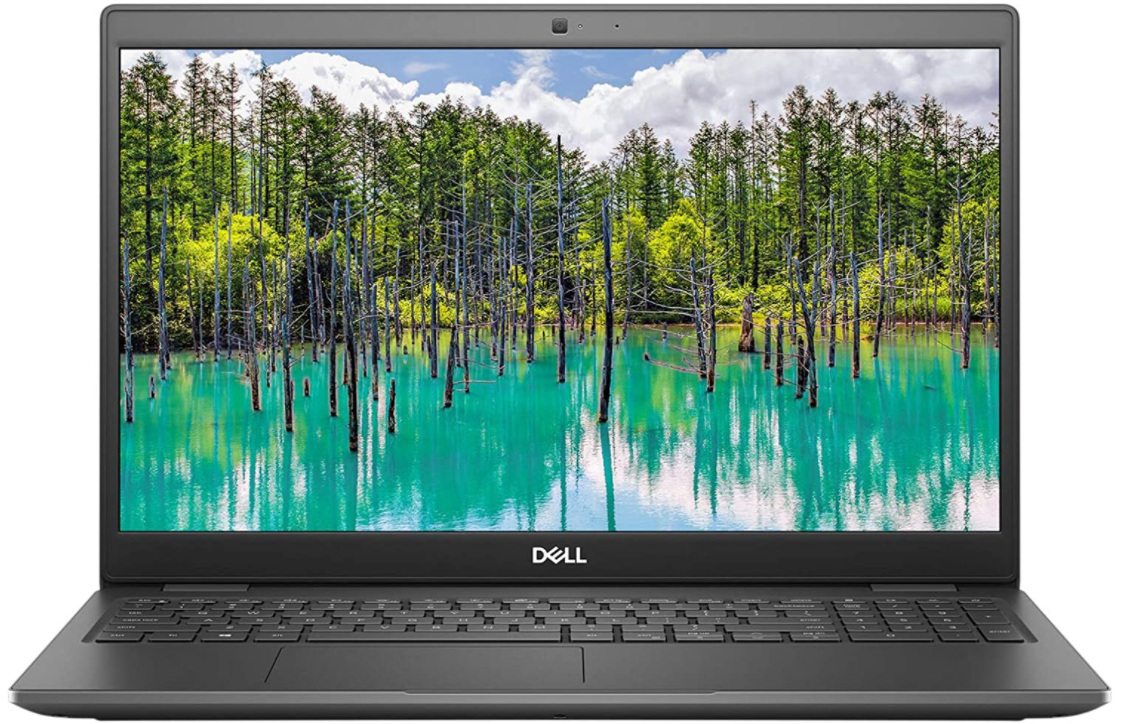 | Dell Latitude 3520 |
| Check Price |
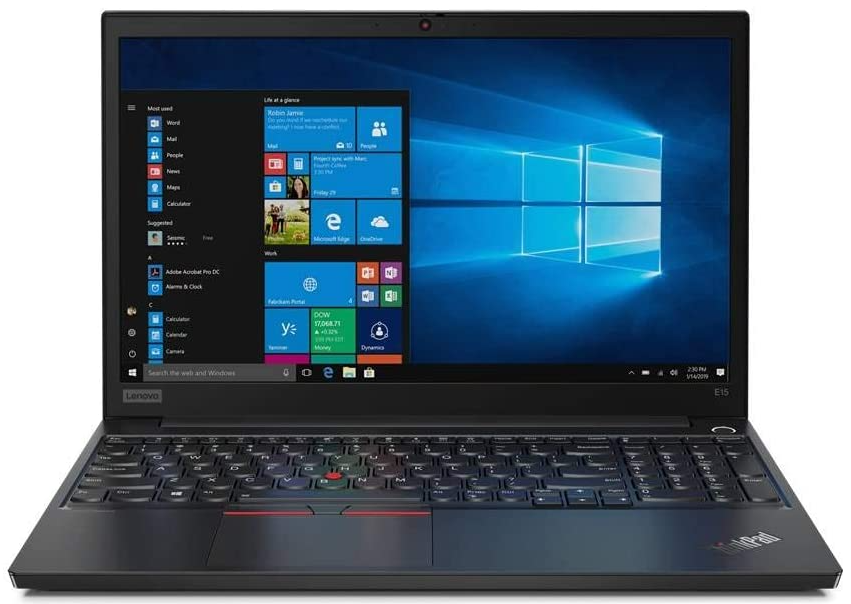 | Lenovo ThinkPad E15 |
| Check Price |
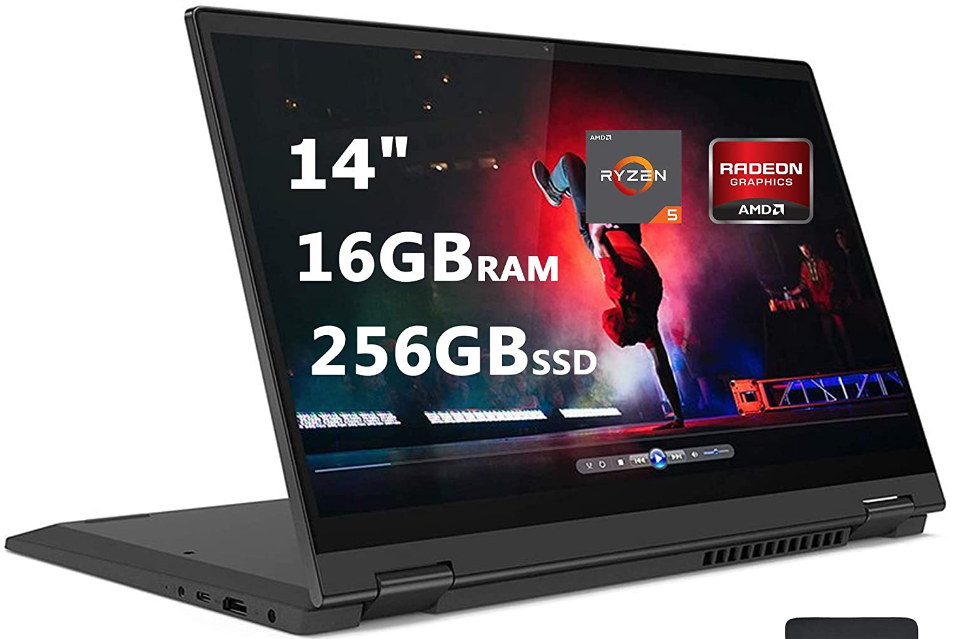 | Lenovo Flex 5 |
| Check Price |
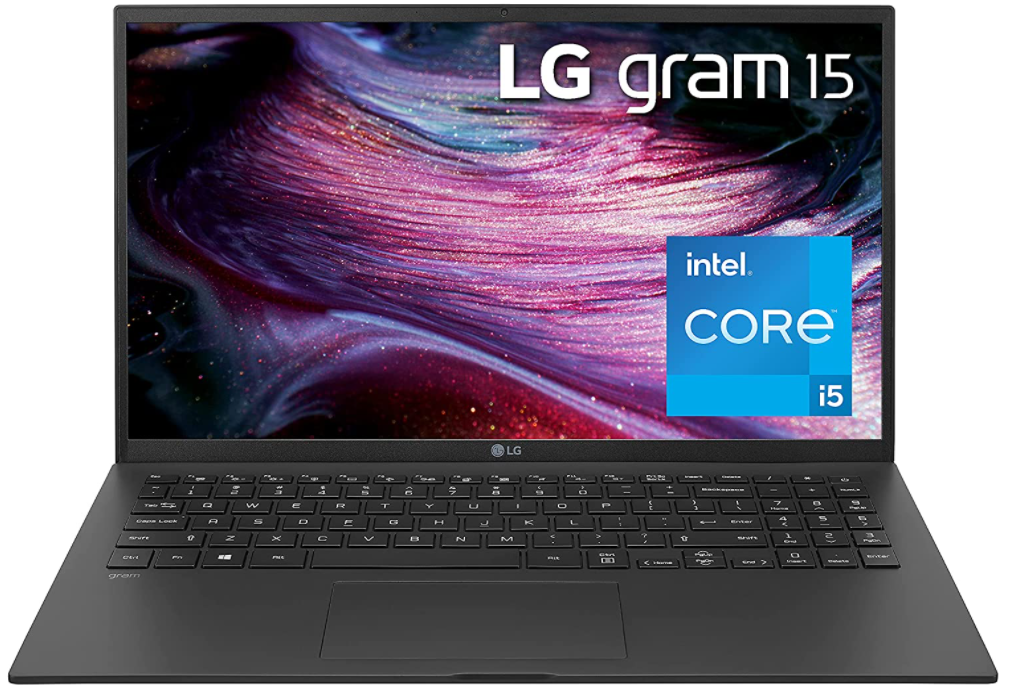 | LG Gram |
| Check Price |
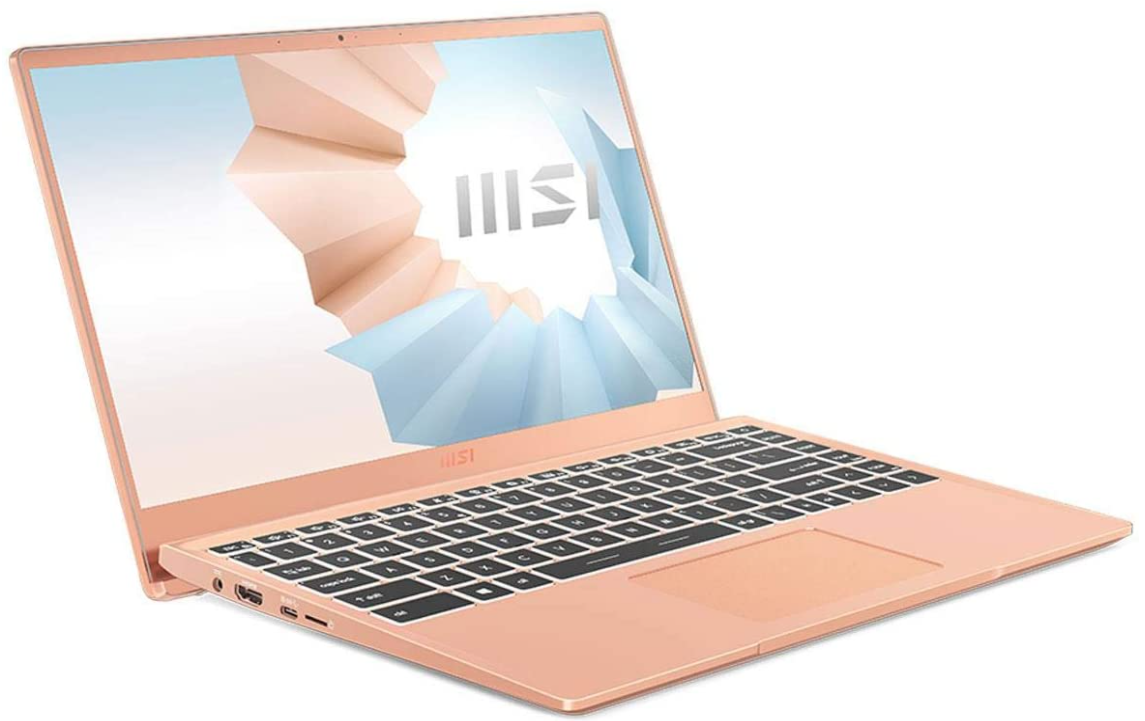 | MSI Modern 14 |
| Check Price |
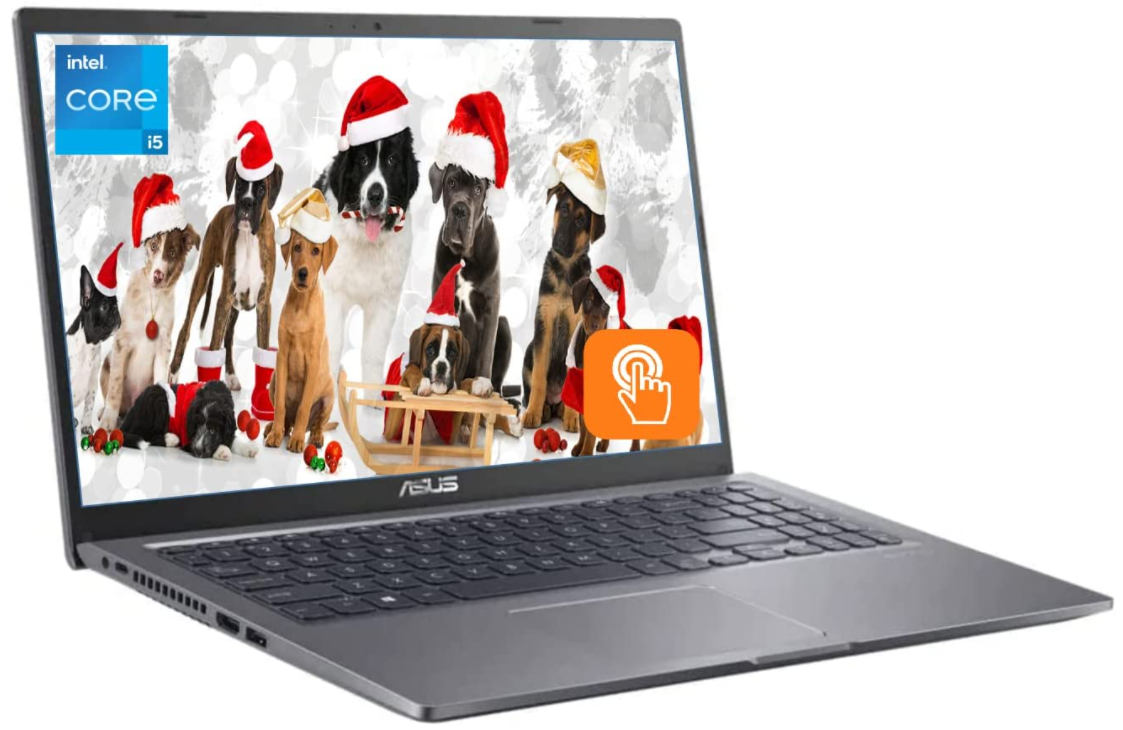 | Asus VivoBook 15 |
| Check Price |
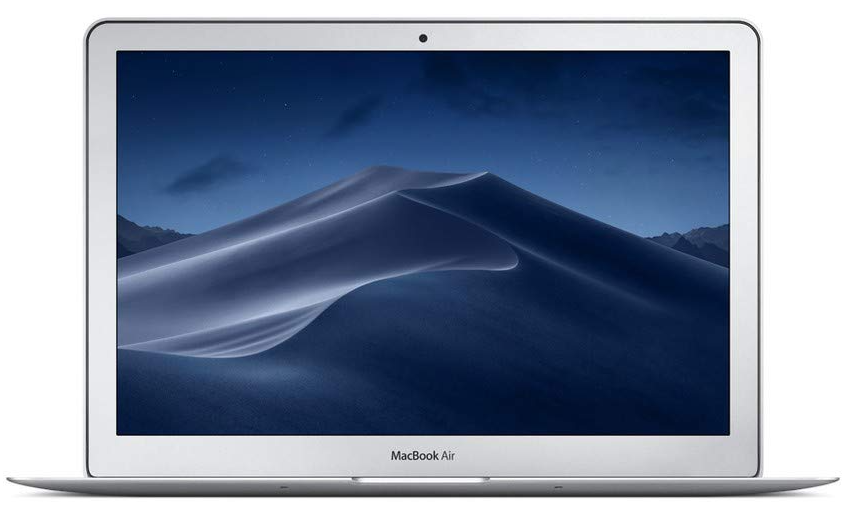 | Apple MacBook Air M1 |
| Check Price |
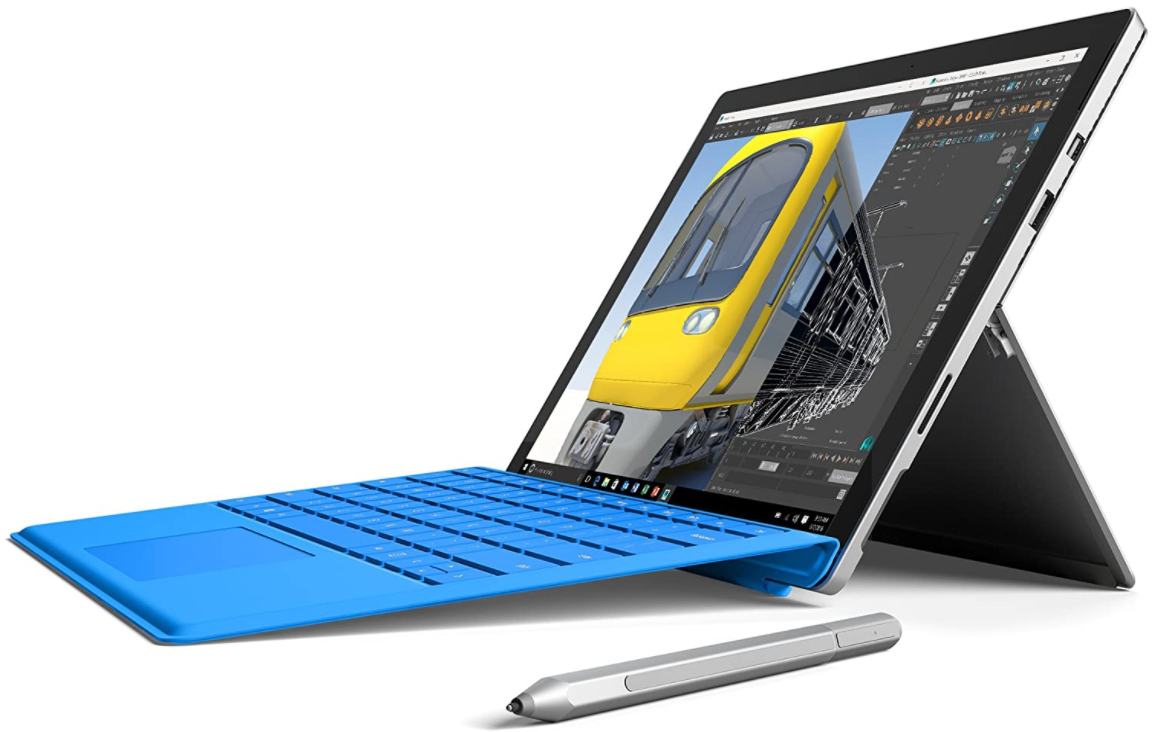 | Surface Pro 4 |
| Check Price |
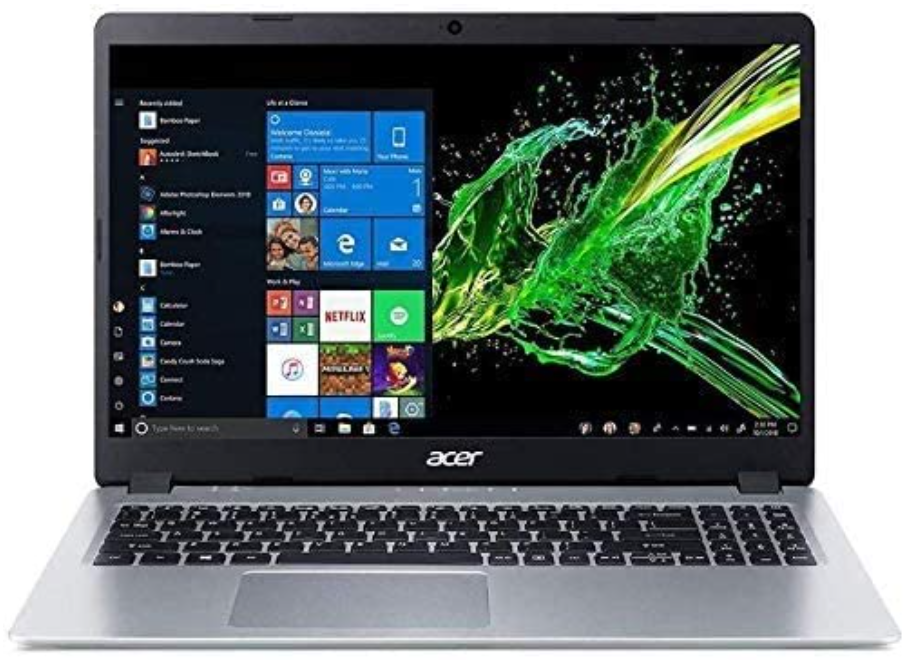 | Acer Aspire 5 |
| Check Price |
10 Best Laptops For Medical School 2024
Come! Let’s dive into the “best laptops for medical school” now.
1. Dell Latitude 3520
Dell Latitude 3520

A 2.4GHz processor, Intel Core Processor, 32GB of RAM, 1TB of SSD storage, WiFi 6, Bluetooth 5.1, and Windows 10 are included.
These specifications, if merged, allow customers to utilize the laptop without delay and keep all of their classes and presentations without running out of capacity.
The keyboard of the Latitude 3510 is not that much better. You may type quickly and faster when taking notes because the keys are properly spaced.
Furthermore, the touchpad is snappy and has multi-gesture capabilities, providing a plethora of shortcuts to help you be more effective when performing severe work.
The Dell Latitude 3510 is the number one option for medical schools. The Latitude 3510 is a super-portable powerhouse with top-of-the-line specs, a long battery life, and excellent ergonomics.
Let’s start with the outward appearance.
This 15.6-inch laptop has a beautiful FHD 1080p display and a sleek, compact polycarbonate body. The anti-glare display boasts a brightness of 250 nits, making viewing PDFs, PPTs, and clinical animations on this laptop a breeze.
We particularly liked the Latitude 3510’s 8-hour battery life, so you won’t have to stress about running out of charge all day.
Unfortunately, the lack of USB 3.0 ports made us unhappy because USB 3.0 ports are currently unavailable. If you ever need external hard discs, you won’t be able to connect them to the laptop.
However, the benefits of the Dell Latitude 3510 far exceed the disadvantages in this scenario, clearly making it one of the best laptops for med school with such a fast processor, ergonomic keypad, and bright display.
Pros
- Quick performance
- Great display
- A high–speed Core i7 processor
- 8 hours of battery
Cons
- USB 3.0 ports do not provide
2. Lenovo ThinkPad E15
Lenovo ThinkPad E15

The Lenovo ThinkPad E15 is a Ninja: quicker than sound, lightest than air, and quieter than silence – everything a medical student needs. Here are some of the reasons why we love this laptop.
With high-quality photos and graphics, its 15.6-inch screen with a 1920 x 1080 pixel resolution provides unmatched and fascinating performance. The text is bright and clear, and the images are crisp!
Apart from the aesthetics, this laptop is huge, with a 10th Gen Intel Core i5 Processor, 32 GB RAM, 1 TB SSD storage, and Windows 10 as the operating system. Everything here is feasible, including multitasking, gaming, and writing notes.
The illuminated keyboard improves typing pleasure, and the twin stereo speakers boost the audio quality, producing a remarkable package overall.
And though the 6-hour battery life isn’t very impressive, it will get you through most of your day, allowing you to focus on less power-intensive tasks like analyzing data sheets or studying for exams.
The Lenovo ThinkPad 15, with its portability, high resolution, and backlit keyboard, is a gem that deserves a chance.
Pros
- Enhanced sound quality
- Improved typing experience
- Sharp and clear display
- Ultra-portable
Cons
- Windows Hello Face is not supported
- 6–hour battery life
3. Lenovo Flex 5
Lenovo Flex 5

The Lenovo Flex 5 is the “GigaChad” of 2-in-1 laptops, with impressive round features including high performance, efficiency, AMD Ryzen 5, 12 GB of RAM, and a 256 GB SSD.
Its elegant design gives it the attractive, high-tech vibe many young people seek to project in their circle of friends. The Flex 5 is also more versatile than comparable clamshell laptops thanks to its 360-degree hinge.
You can change it from a laptop to a tablet, making taking written notes during lectures much more accessible. This laptop has a touch-sensitive display with 1920 x 1080 pixels resolution.
The 3-sided thin-bezel screen provides a cinema experience unlike any other. However, the brightness of 250 nits is insufficient for outdoor use.
The 6-core AMD Ryzen 5 was supposed to have a lower battery capacity at release, but Lenovo exceeded all expectations.
It can comfortably last 10 hours, which is impressive for those concerned about battery loss on campus.
Overall, for a 2-in-1 laptop with such a fast processor at this cost, the Lenovo Flex 5 is a reasonably neat alternative that merits recognition.
Pros
- Fast system performance
- Compact and lightweight
- Long-running 10–hour battery life
- Excellent audio quality
Cons
- Slightly unresponsive touchpad
- 250 nits brightness is not suitable for outdoor use
4. LG Gram
LG Gram

The LG Gram is our favorite LG laptop for medical school, with a 15-hour battery life as well as a stunning 16:10 thin-bezel display. I was astounded that a laptop weighing only 2.5 pounds could have such a large battery capacity.
The nanocarbon magnesium full-metal structure not only gives the laptop a smart and elegant style but also renders LG Gram extremely durable—want to get the most out of your investment? This one is dedicated to you.
The luxurious backlit keyboard, which allows you to type late into the night without straining your eyes, is part of its unique build. Internally, the laptop’s newest 10th Gen Intel Core i7 processor and 16 GB RAM make it ideal for multitasking.
You won’t have to stress about running many programs, tabs, or applications simultaneously, and the 512 GB SSD means you will rarely run out of storage capacity.
On the other hand, the trackpad isn’t very good at palm rejection. As a result, you may encounter difficulties when using the stylus.
So, if you are searching for an ultraportable, lightweight, and powerful laptop, the LG Gram is a good choice.
Pros
- It weighs only 2.5 lbs
- 15–hour battery timing
- The nanocarbon magnesium build makes the laptop durable
- The Intel Core i7 processor is quite fast
Cons
- Downward–facing speakers
- Palm rejection issues in trackpad
5. MSI Modern 14
MSI Modern 14

The MSI Modern 14 is the ideal MSI laptop for med schools, with a 14-inch IPS-level thin-bezel display offering stunning 1920 x 1080 HD visuals. The laptop has a chiclet keypad as well as a minimalist metallic style.
The MSI 14 is quite appealing and artistic compared to other matte laptops.
The laptop weighs 2.6 lbs due to its versatile surfaces and thin frame, which is remarkably similar to the Dell XPS 13 but has a bigger screen real estate for the same weight.
The laptop has an Intel Core i5 11th Gen processor, 8GB RAM, 1TB SSD, Windows 10 Home operating system, and a 9-hour battery life.
It’s safe to say that everything is in its proper place for optimal functioning.
On the other hand, the SteelSeries keypad found on other MSI laptops is not available on the Modern 14. The keypad becomes shallower, spongier, and significantly less pleasurable to use.
Furthermore, the trackpad has shrunk and become narrower, making two-finger gestures and vertical moves more difficult.
Overall, the laptop is a fantastic addition to MSI’s ultra-light and ultra-thin laptop range, and there’s no wrong with trying it!
Pros
- It only weighs 2.6 lbs.
- A 14–inch thin bezel display
- Up to 9 hours of battery life
- Smooth performance
Cons
- Small and narrow trackpad
- Shallow and spongy keyboard
Also, Read This :
6. ASUS VivoBook 15
Asus VivoBook 15

Are you looking to purchase a reconditioned high-end laptop? So, imagine if you could receive a new laptop that had the same luxurious feel as your old one. We realize it’s crazy.
However, this is not true for the ASUS VivoBook 15—it has excellent build quality, is lightweight, and is affordable. When paired with 8 GB of RAM and a 512 GB SSD, the AMD Ryzen 7 gives a smooth and easy surfing experience, which is essential for most med students.
The laptop is under 3.5 pounds for a 15.6-inch display. This allows individuals to carry their laptops and study wherever they choose, whether in a restaurant or a bookstore.
The keyboard on the VivoBook 15 is 3.5 degrees angled. As a result, you may type comfortably for a longer length of time while writing notes. Unfortunately, the battery performance is only 6 hours, probably due to the high-geared construction.
Overall, the VivoBook 15 is a fantastic laptop to consider if you want a laptop with a sleek design, decent performance, and a low price tag.
Pros
- Backlit and tilted keyboard
- A budget-friendly option
- Smooth and efficient performance
- Slim build and lightweight
Cons
- Poor webcam quality
- 6 hours of battery life is too short
7. Apple MacBook Air M1
Apple MacBook Air M1

Didn’t you all know what was coming? With its 2.8-pound weight plus ultra-luxurious style, there’s no denying that the MacBook will always be a student favorite.
However, the Apple MacBook Air M1 is unlike any other laptop that has used Apple’s M1 technology before. The M1’s 8-core CPU, with 8 GB of RAM and a 256 GB SSD, is one of Apple’s most powerful laptops.
It boots up quickly and is a responsive gadget overall. Its battery usually lasts over 13 hours, allowing you to operate for an extended time without becoming attached to a power outlet.
Given that it’s an Apple device, this is remarkable, given Apple’s products are known for having battery troubles. The M1 chip deserves credit for significantly improving battery performance.
Pros
- Ultra-thin
- Starts up quickly
- Exceptional 13–hour battery life
- Precision and accuracy of the image with the Retina display
Cons
- It might not be compatible with some software
- Price may not be affordable for everyone
8. ASUS ZenBook 14
Asus ZenBook 14
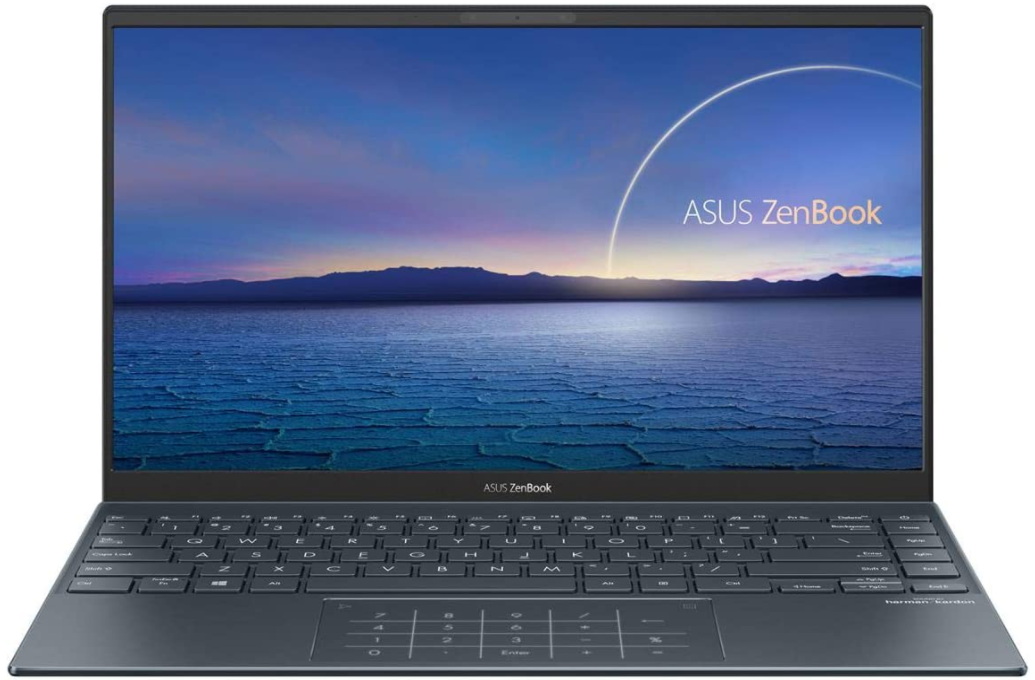
Because of its ScreenPad 2.0, the ASUS ZenBook 14 surpasses any rival model in its class. This touchpad-turned-touchscreen can seamlessly transform into a separate operational device, making multitasking easier.
On this list, the 16.5-hour battery time is at the top. It makes the laptop ideal for working and studying for lengthy periods without worrying about running out of battery life.
On a fully charged battery, the battery could last until the third workday (assuming you use it for 6–7 hours every day). Furthermore, the key travel is comfortable, and all the buttons are properly spaced, making typing a breeze.
Likewise, due to its high sensitivity, the touchpad’s capability allows you to operate the system with even the smallest touches. The laptop’s internal components include an Intel Core i7 processor and 16 GB of RAM, which eliminates the possibility of lagging.
The 512 GB SSD also allows users to download more data and programs than before! The only minor flaw discovered was that the laptop lacked specialized graphics.
As a result of this, it is unsuitable for intensive use, such as video editing and gaming. The ASUS ZenBook 14 offers excellent value for money thanks to its long battery life and responsive touchscreen.
Pros
- Excellent sound quality
- Easy ScreenPad 2.0 multitasking
- Unbelievable 16–hour battery life
- Exceptionally sensitive touchscreen
Cons
- The Ethernet port is missing
- Lack of dedicated graphics
9. Surface Pro 4
Surface Pro 4

Features
- 13.5 – inches (2256 x 1504)
- 3.7GHz AMD Ryzen 5
- 8 GB
- 256 GB SSD
- Integrated AMD Radeon Graphics
The Surface Pro 4 is great for doctors who want to work wherever they want, thanks to its 13.5-inch touch panel and 2.8-pound weight.
Multitasking, casual gaming, graphic design, internet surfing, and recreational use are all no trouble, thanks to the laptop’s robust AMD Ryzen 5 processor and 8 GB of RAM. Microsoft has massively improved the screen on the laptop.
The PixelSense display, which has a resolution of 2256 x 1504, is exceptionally color-correct and offers a good contrast ratio for customers.
It can be helpful if you are a movie buff on the side. Its 720p HD front-facing camera, which provides a clear video-calling session even in low-light conditions, is one of our favorites. It could be helpful when taking online classes.
On the plus side, its battery lasts roughly 11.5 hours on a single charge, so it doesn’t matter if you are near a power source — you can also have a stress-free day.
Of course, it won’t last that long when performing CPU-intensive activities, but it should suffice for most people. Unfortunately, the laptop has only a USB port, which is a drawback.
But, if it doesn’t concern you, the laptop’s touch screen panel and the high-speed processor will give you many unforgettable experiences.
Pros
- 11.5-hour battery life
- The AMD Ryzen 5 processor is equipped with all the new features
- Advanced front-facing camera
- High color accuracy
Cons
- Only one USB port
10. Acer Aspire 5
Acer Aspire 5

The Acer Aspire 5 proves that a less expensive laptop can perform excellently, with an 8-hour battery capacity, 15.6-inch FHD IPS panel, and 256 GB of internal storage.
While its aluminum covering enhances its attractiveness, its thinness reduces its weight to just 3.7 pounds, making it a portable masterpiece for all to flex.
The internal components of the Acer Aspire 5 include a 10th Gen Intel Core i5, 8GB of RAM, and Windows 10 Home. These characteristics indicate that the processor delivers incredible performance with no lags.
The backlit keypad is relatively comfortable and highly durable compared to the remainder of the hardware.
On the other hand, the touchpad is quite flexible and produces a mushy sensation when you press it. Is it possible that an external mouse could support it?
With its ergonomic keypad, attractive display, and high-speed processor, the Acer Aspire 5 does a competent job for a laptop in this budget range.
Pros
- Up to 8 Hours Of Battery Life
- Reasonable price
- Sleek and thin design
- Sharp and crisp bright FHD IPS display
- Pumped–up Intel Core i5 processor
Cons
- The touchpad gives a mushy feeling when touching
- There is no built-in fingerprint reader on the touchpad
FAQs:
What role do laptops have for medical students?
Most medical students need a laptop for various reasons, including reading or creating PDFs and PPTs, data storage from lectures, studying medicine-related articles, and streaming YouTube videos connected to their studies.
What systems are used by doctors?
Doctors, like med students, require laptops that have long-lasting, portable, and durable batteries. Further privacy features, including secured login, are also required by some experts to safeguard their information while they operate.
Is it necessary for medical students to have an iPad or a laptop?
The choice between an iPad and a laptop is subjective for medical students. Although laptops are more versatile, iPads are a good option for taking notes. Aside from that, the functioning of both gadgets is nearly identical.
What is a decent laptop processor speed?
For a laptop, a good processor performance ranges from 3.5 to 4.2GHz. A quad-core CPU running at 4GHz will suffice if you are a professional learner. Nevertheless, you may need a processor with 6 or 8 cores if you are a heavy gamer.
Quick Links :
- Best Laptops for an Architecture
- Best Laptops for Solid works
- 10 Best Laptops For Data Science
- Top 10 Best Laptops For 3D Modeling & Rendering
- Best Laptop For Computer Science Students
Conclusion: Best Laptops For Medical School 2024
Students in the medical field have a wide range of expectations for computers, but they all need mobility, simplicity, and low cost.
Our testing showed that the Dell Latitude 3510 was a close second.
If you don’t need to spend that money, this Acer Aspire 5 is a good alternative. In the end, it all comes down to your needs and budget.
If you have any inquiries or recommendations, please don’t hesitate to comment below.
Thank you for taking the time to read!😇
